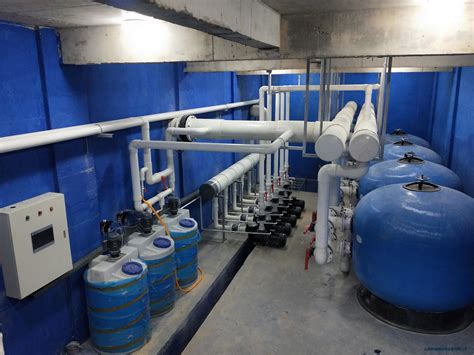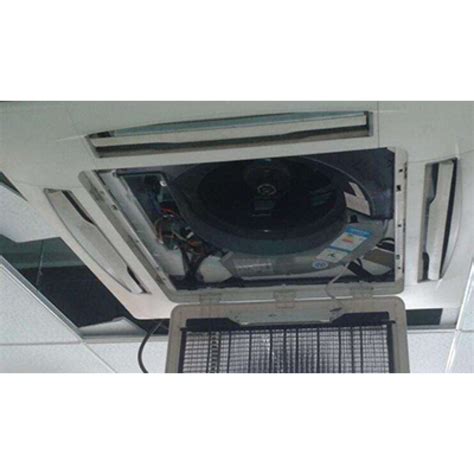Title: Streamlining Automotive Repair with Design Software
In the everevolving automotive industry, efficient and accurate repair processes are paramount. Automotive repair design software plays a pivotal role in streamlining various aspects of the repair process, from diagnosis to execution. Let's delve into the significance of such software and how it revolutionizes the automotive repair landscape.
1. Diagnostic Precision:
Automotive repair design software incorporates advanced diagnostic algorithms that analyze vehicle symptoms and provide precise fault identification. By integrating data from onboard vehicle systems and historical repair records, these software solutions offer mechanics insights into the root cause of issues, enabling swift and accurate diagnoses.
2. Comprehensive Repair Guides:
These software platforms often come equipped with extensive databases containing repair manuals, schematics, and troubleshooting guides for a wide range of vehicle makes and models. Mechanics can access stepbystep instructions, torque specifications, wiring diagrams, and component locations, facilitating efficient repairs and reducing guesswork.
3. Parts Management:
Efficient parts management is essential for timely repairs. Repair design software enables mechanics to create and manage detailed parts lists for each repair job. Integrated catalogs link directly to suppliers, allowing seamless ordering of OEM or aftermarket parts. Moreover, inventory tracking features help workshops maintain optimal stock levels and avoid delays due to parts shortages.
4. Workflow Optimization:
Automotive repair software optimizes workflow by streamlining communication and task assignment within the workshop. Managers can assign jobs to technicians, track progress in realtime, and prioritize tasks based on urgency and skill requirements. This enhances productivity, minimizes downtime, and ensures that each repair job receives prompt attention.
5. Cost Estimation and Invoicing:
Accurate cost estimation is crucial for both workshops and customers. Repair design software enables mechanics to generate detailed estimates based on labor hours, parts costs, and additional services required. Moreover, integrated invoicing features facilitate seamless billing and payment processing, enhancing transparency and customer satisfaction.
6. Data Analytics and Performance Tracking:

Analyzing repair data can provide valuable insights into workshop performance and customer trends. Automotive repair software aggregates data on repair times, parts usage, customer feedback, and profitability, enabling workshops to identify areas for improvement and optimize their operations for greater efficiency and profitability.
7. Compliance and Documentation:
Regulatory compliance and documentation are vital aspects of automotive repair operations. Repair design software helps workshops adhere to industry regulations by generating compliant service reports, maintaining detailed repair histories, and tracking warranty information. This ensures transparency, accountability, and legal compliance.
8. Continuous Updates and Support:
To keep pace with evolving automotive technologies and industry standards, reputable repair design software vendors provide regular updates and technical support. These updates may include new vehicle models, diagnostic algorithms, repair procedures, and compliance requirements, ensuring that workshops always have access to the latest tools and information.
In conclusion, automotive repair design software is a gamechanger for modern workshops, enhancing diagnostic accuracy, streamlining repair processes, optimizing workflow, and improving customer service. By investing in robust software solutions, automotive repair businesses can stay competitive, deliver superior service, and drive sustainable growth in the dynamic automotive industry.











